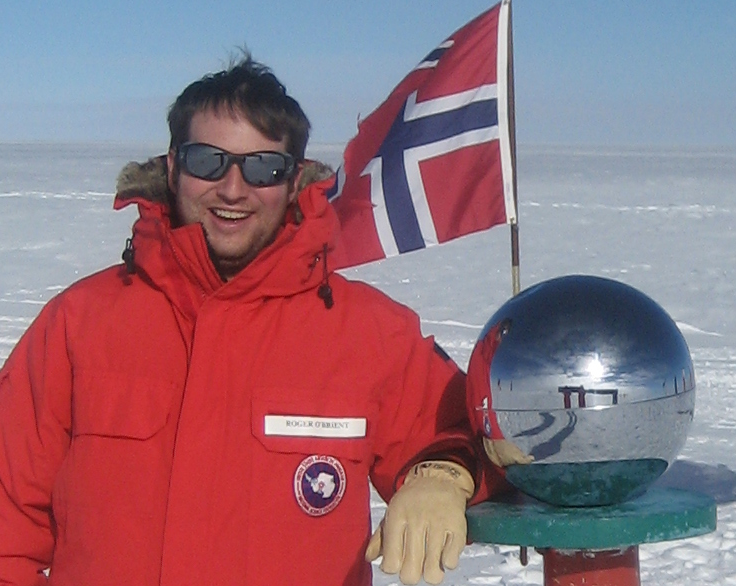Research
Transition Edge Sensors
My research focuses on using Terahertz integrated circuit technology to enhance the sensitivity and applicability of detector imaging arrays for submillimeter astrophysics. The industry standard detector for the past decade has been the Transition Edge Sensor (TES) bolometer. These are thin films of metal sputtered onto a released structure in weak thermal contact with the rest of the instrument only through mildly conducting legs (conducting only a few pW/K in our case). We voltage bias our sensors into their transition between normal and supercondcuting states and read their current through SQUID ammeters. These detectors can be monolithically fabricated, the readout can be multiplexed through the SQUIDs, and elecrothermal feedback linearizes their response in a way that leads to simple absolute calibration.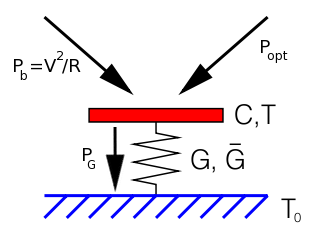
These detectors can be made such that the dominant source of noise is that from the incident photons; thus the only practical way to increase sensitivity is to simultaneously receive more electromagnetic modes. One common approach is to receive more spatial modes by packing more pixels into the focal plane of a camera.
Phased Array Antenna coupled detectors
Traditionally,bolometers have been used with horns to match the detectors' optical response to the camera/telescope optics. At Caltech, we have developed an entirely planar equivalent with an integrated, printable, phased array antenna. Whereas technology from circa 2005 allowed for 50 pixels in the progenitor camera BICEP-1, we recently deployed over 1500 pixels in the Keck-array and BICEP-2 cameras, providing 8.5uK sqrt(s) sensitivity. In December of 2013, we will bring another 1500 detectors to the field in the BICEP-3 camera, which will expand our coverage from just 150GHz to 90GHz so we can discriminate CMB photons from galactic foregrounds. The balloon bourn SPIDER will also fly December 2013, with a mixture of 90 and 150GHz, but a comparable number of pixels as Keck. We realistically expect that the data sets from these experiments over the next few years will let us constrain the tensor-scalar ratio r of modes from inflation to r=0.01. The key behind this rapid scale-up has been to use small aperture cameras with just enough resolution to see the 2-degree primordial B-mode peak (an aperture of 26cm at 150GHz), thus making the design scalable to multiple cameras.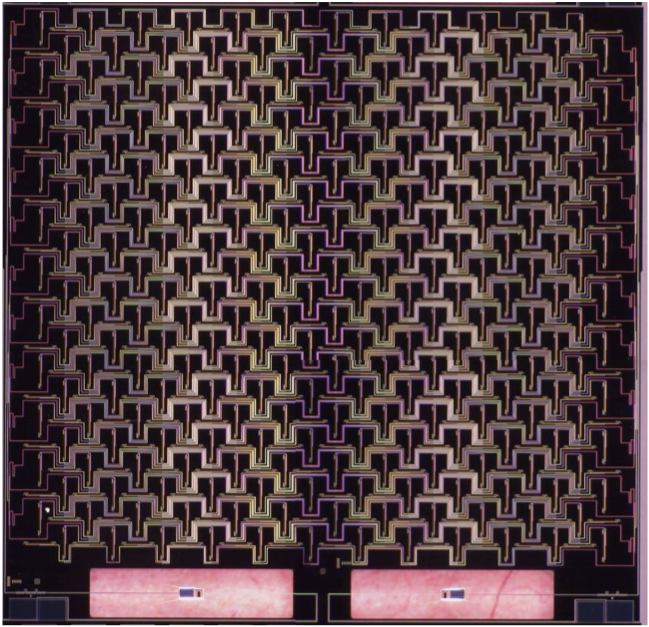
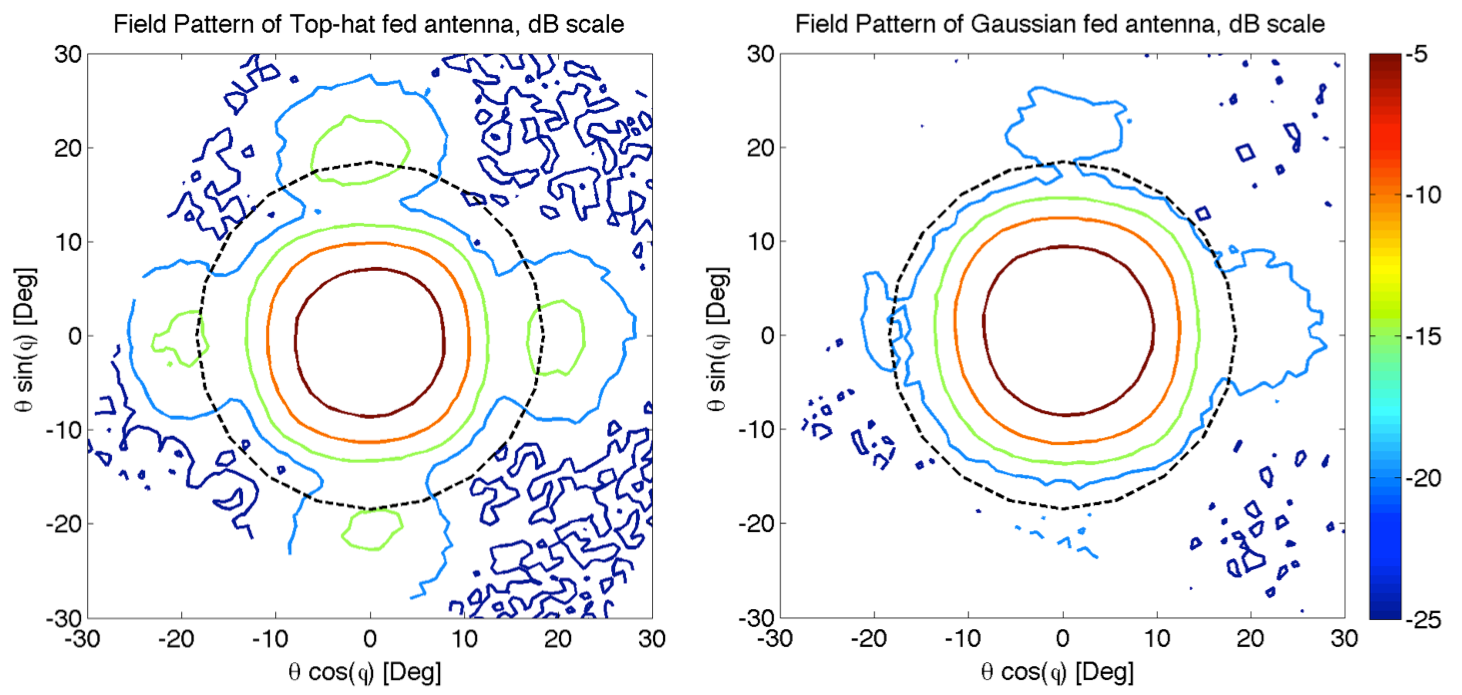
Sinuous Antenna coupled detectors
At Berkeley, we developed detectors for use in off-axis Gregorian telescopes like Polarbear and SPT. Their larger apertures (2.5m and 10m) provide the resolution to see gravitational lensing effects in the B-mode anisotropies, but by virtue of their size, do not scale as naturally as the small aperture cameras.Another way to absorb more modes but with such a limited focal plane size is to design each pixel to receive and separate multiple spectral modes. My doctoral thesis developed this technology using a sinuous antenna as the absorber with a contacting lens to increase gain:
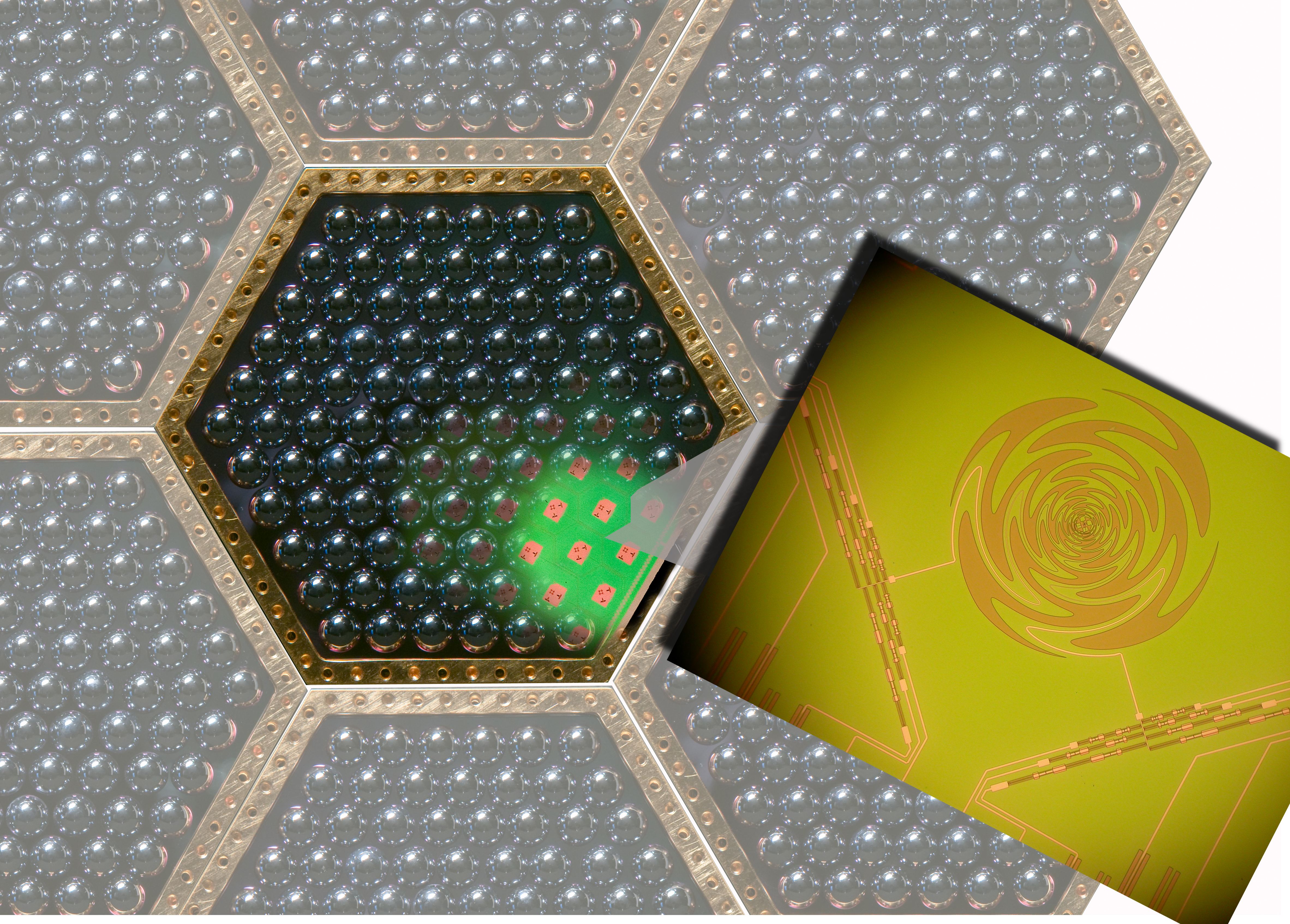
You can download my thesis here.
The self similar sinuous antenna is dual-polarized with at least two octaves of continuous bandwidth. We have made two and three channel versions with spectra and beams like these:

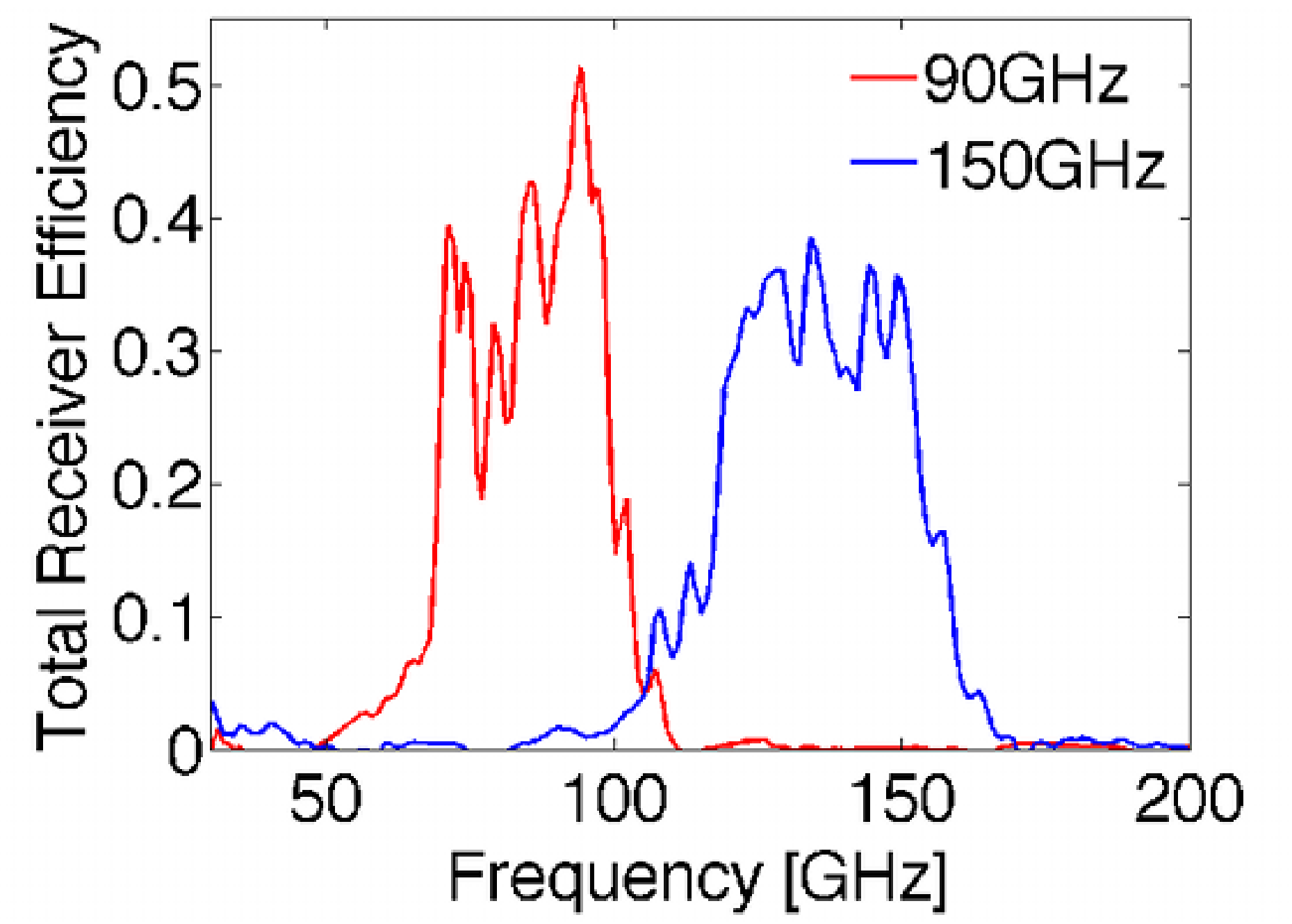
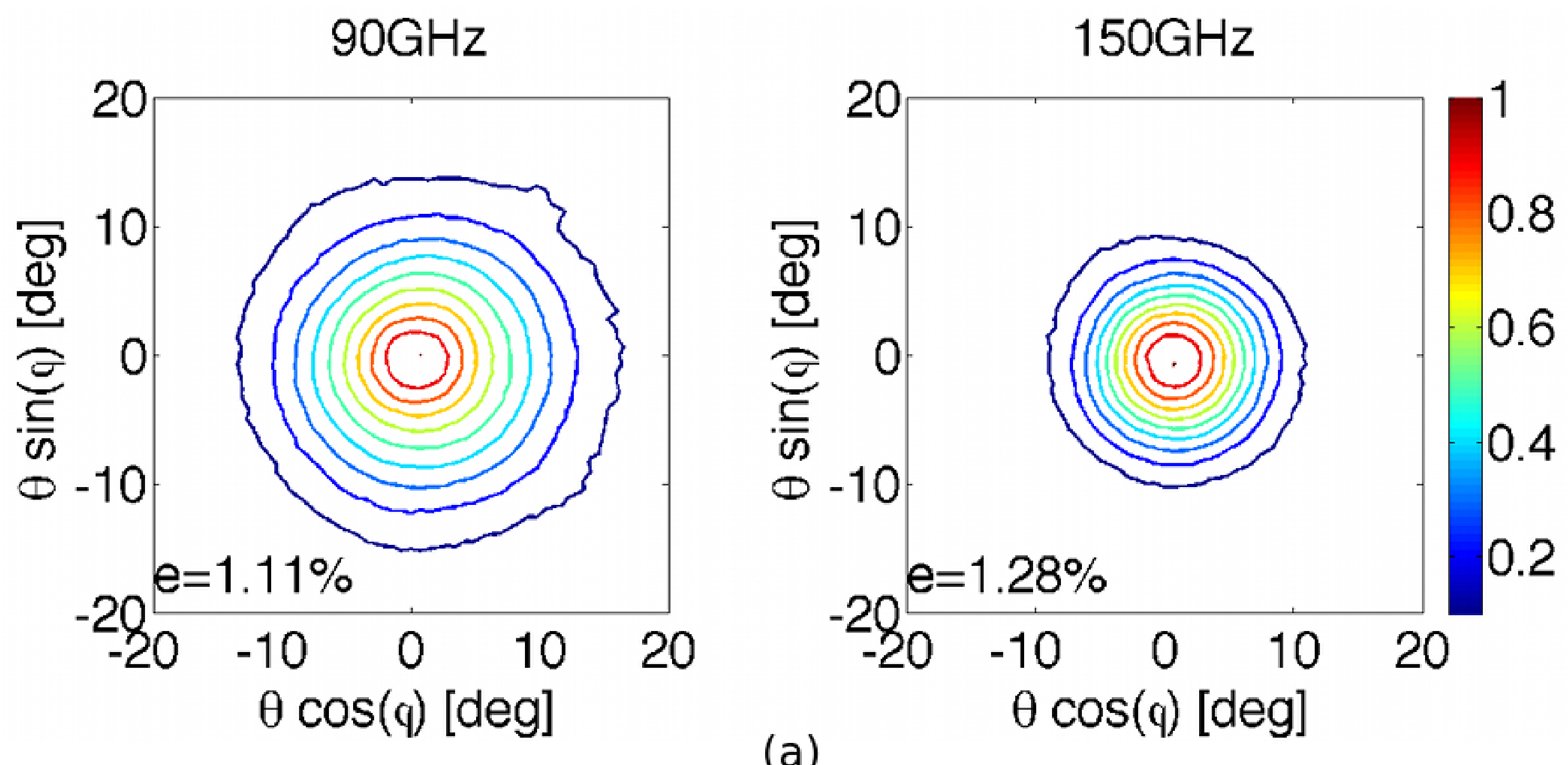
South Pole Telescope will upgrade their camera (SPT-3G) to use these detectors and hope to be able to measure the sum of neutrino masses Σ mν with a precision of 60meV, which should resolve the mass hierarchy problem between normal and inverted hierarchies.
The figure above shows a sinuous antenna attached to a photometric channelized that is, like the antenna, self-similar (log-periodic). This might find use in space or balloon bourn experiments:
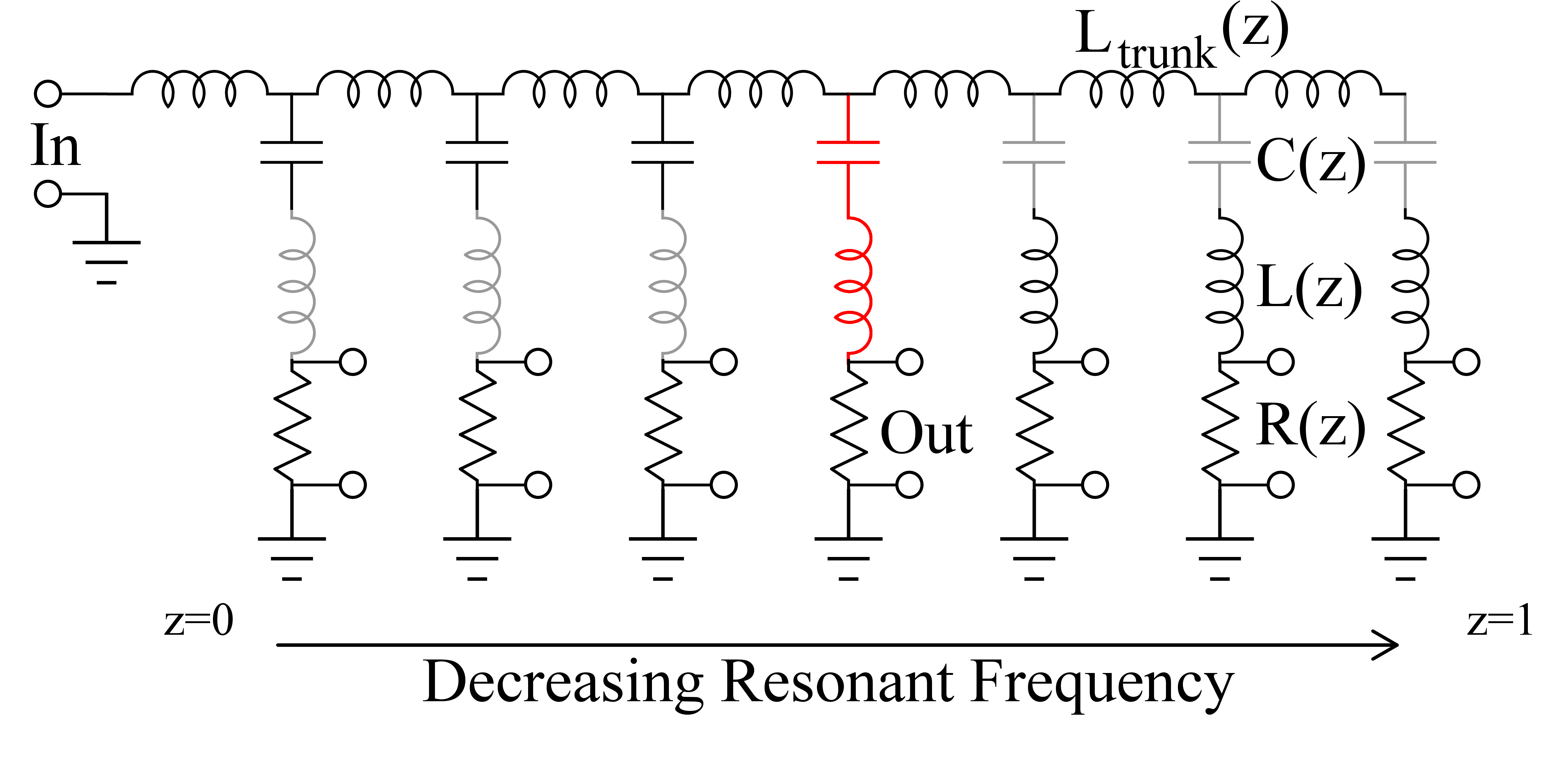
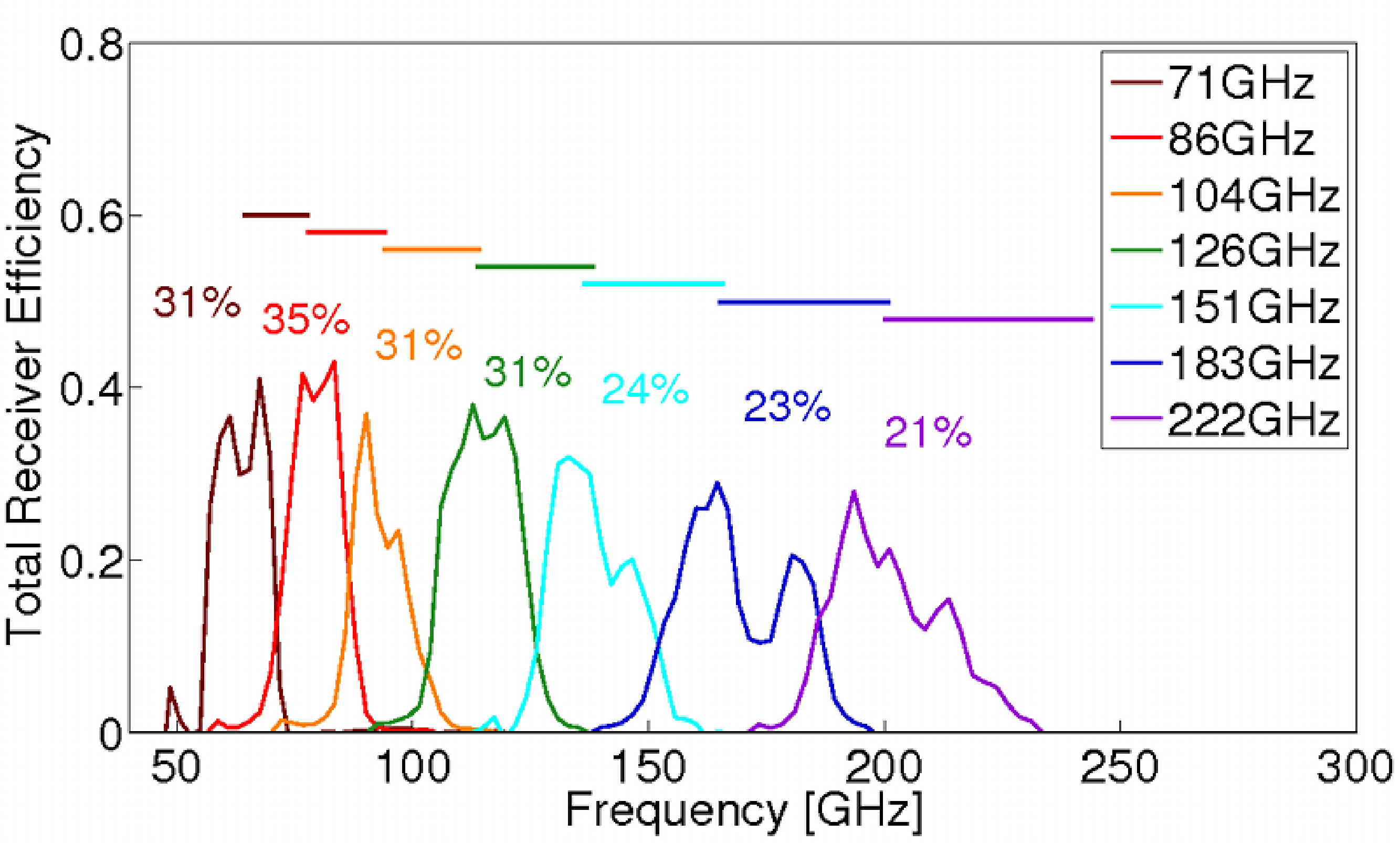
Imaging arrays of Spectrometers for reionization studies
Mapping bubble sizes during reionization requires the high sensitivity of an imaging array with the high spectral resolving power to precisely measure redshift. We can generalize the above channelized to circuits with higher Q that exploit weak coupling of microstrip lines.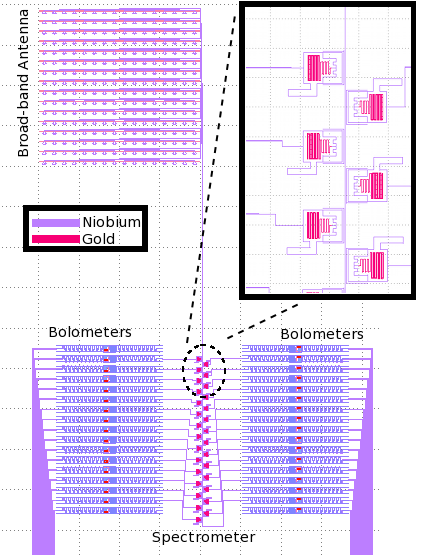
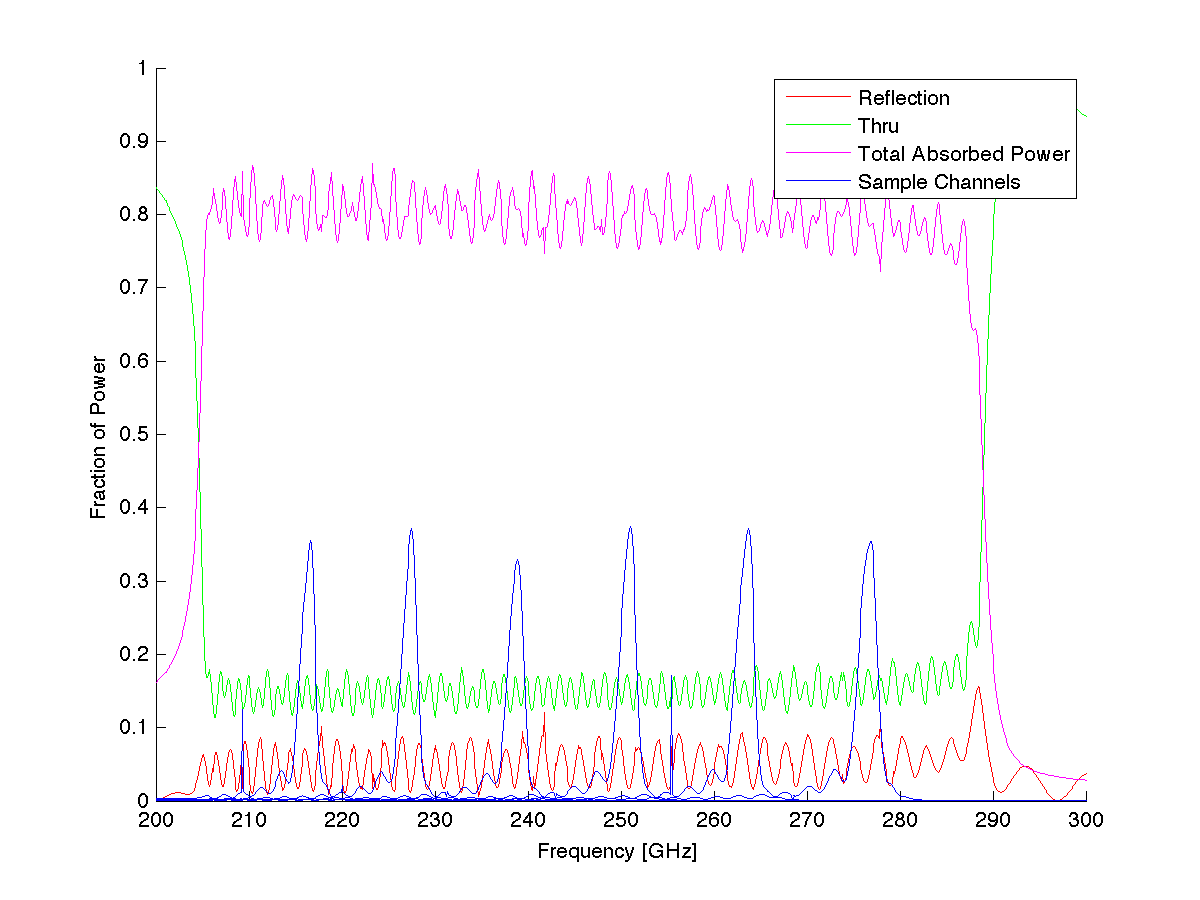

Above is a prototype with 30 channels with a designed Q~400 and an anticipated noise of 3aW/sqrt(Hz). We ultimately plan to build a camera with 100 pixels and 300 channels each.
